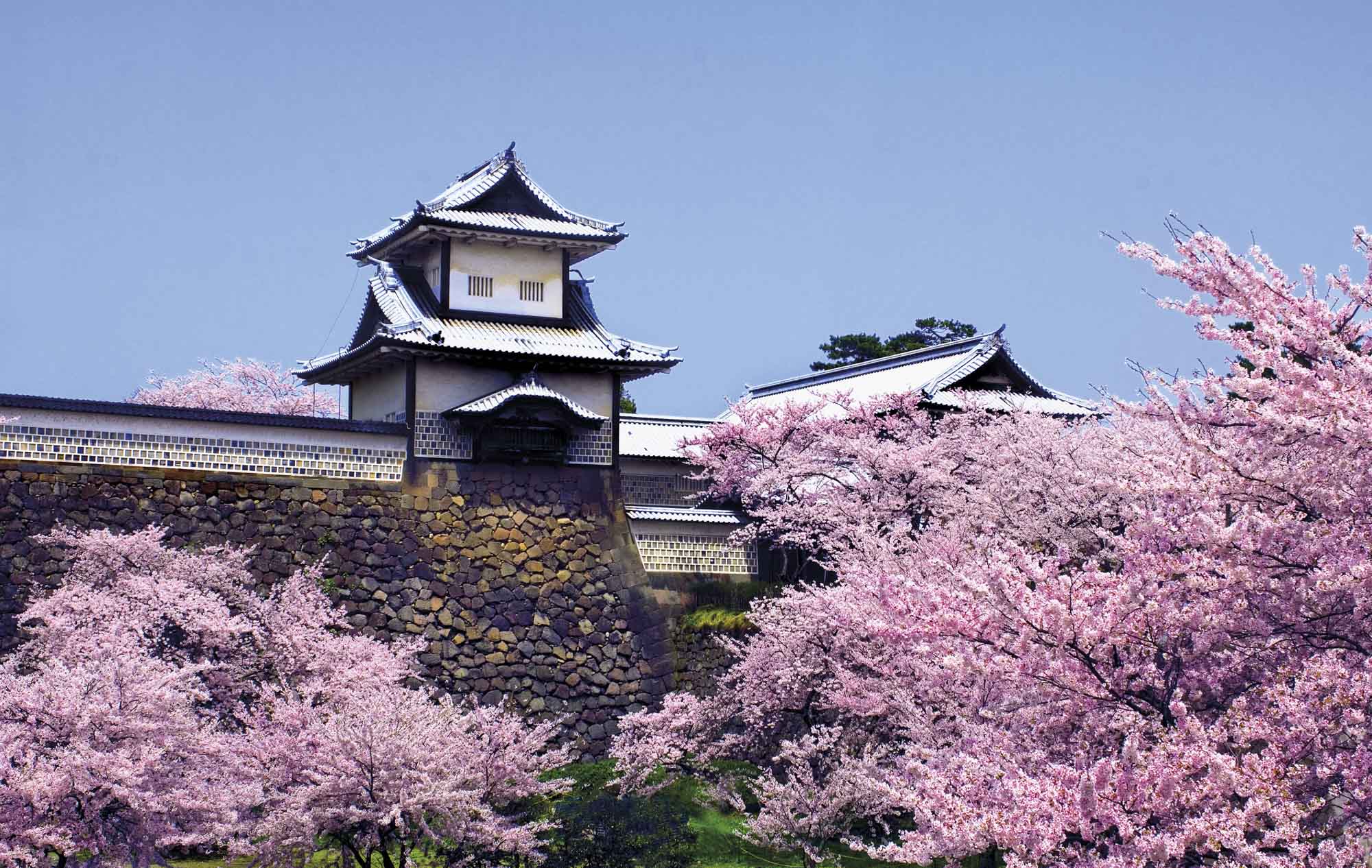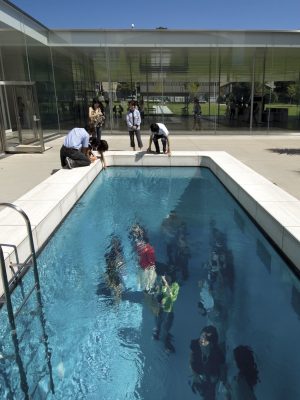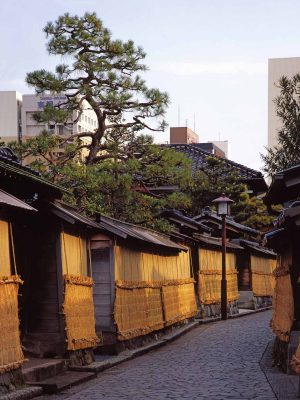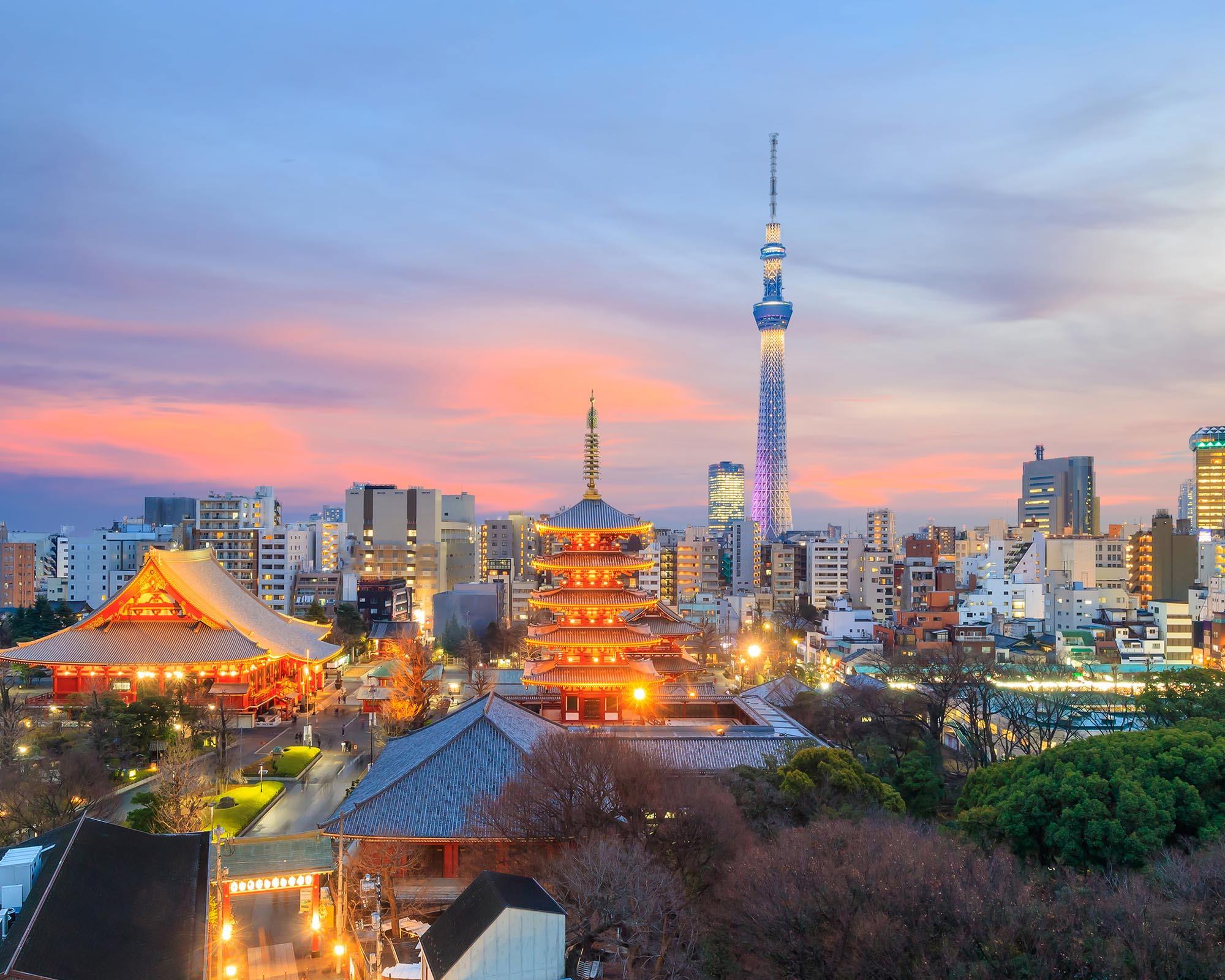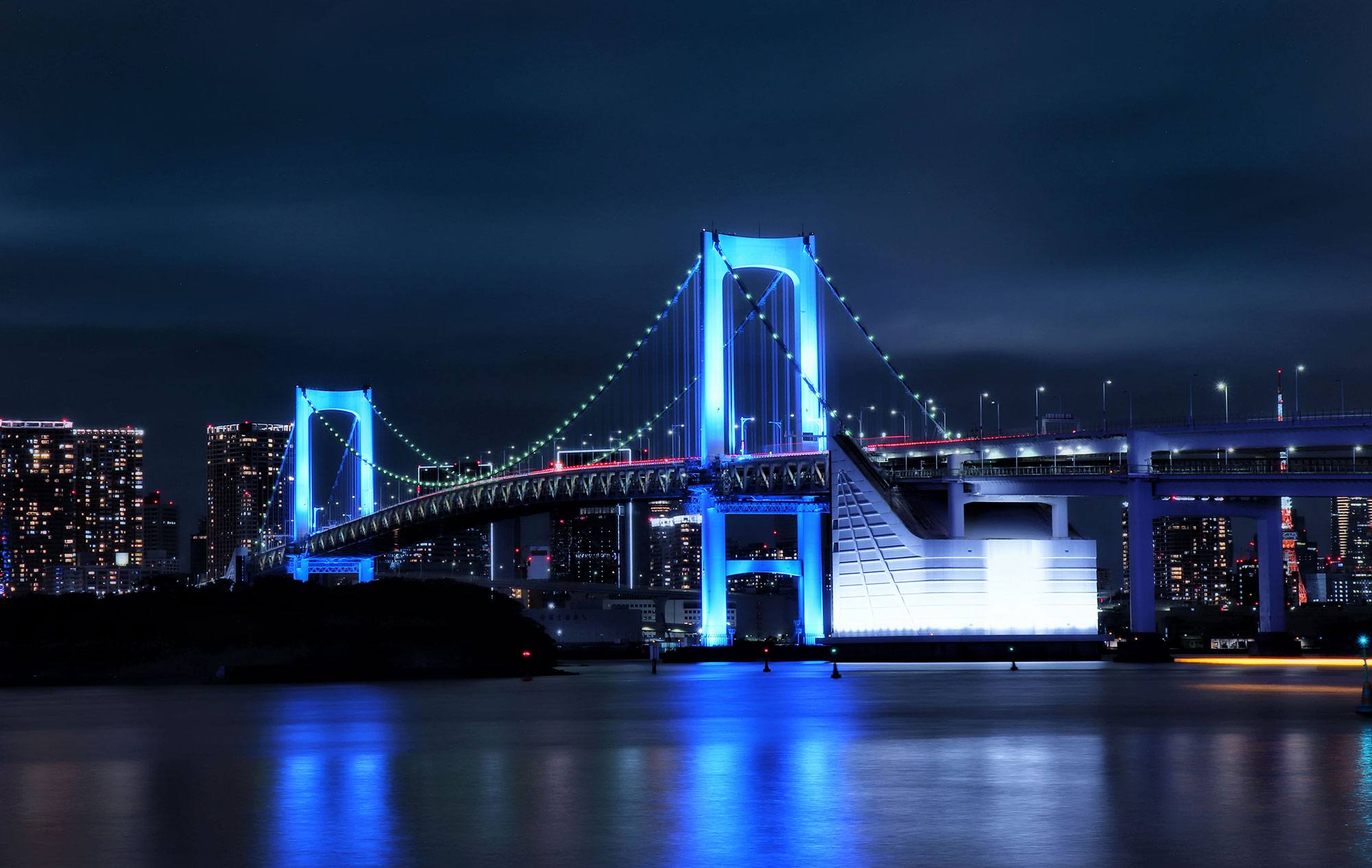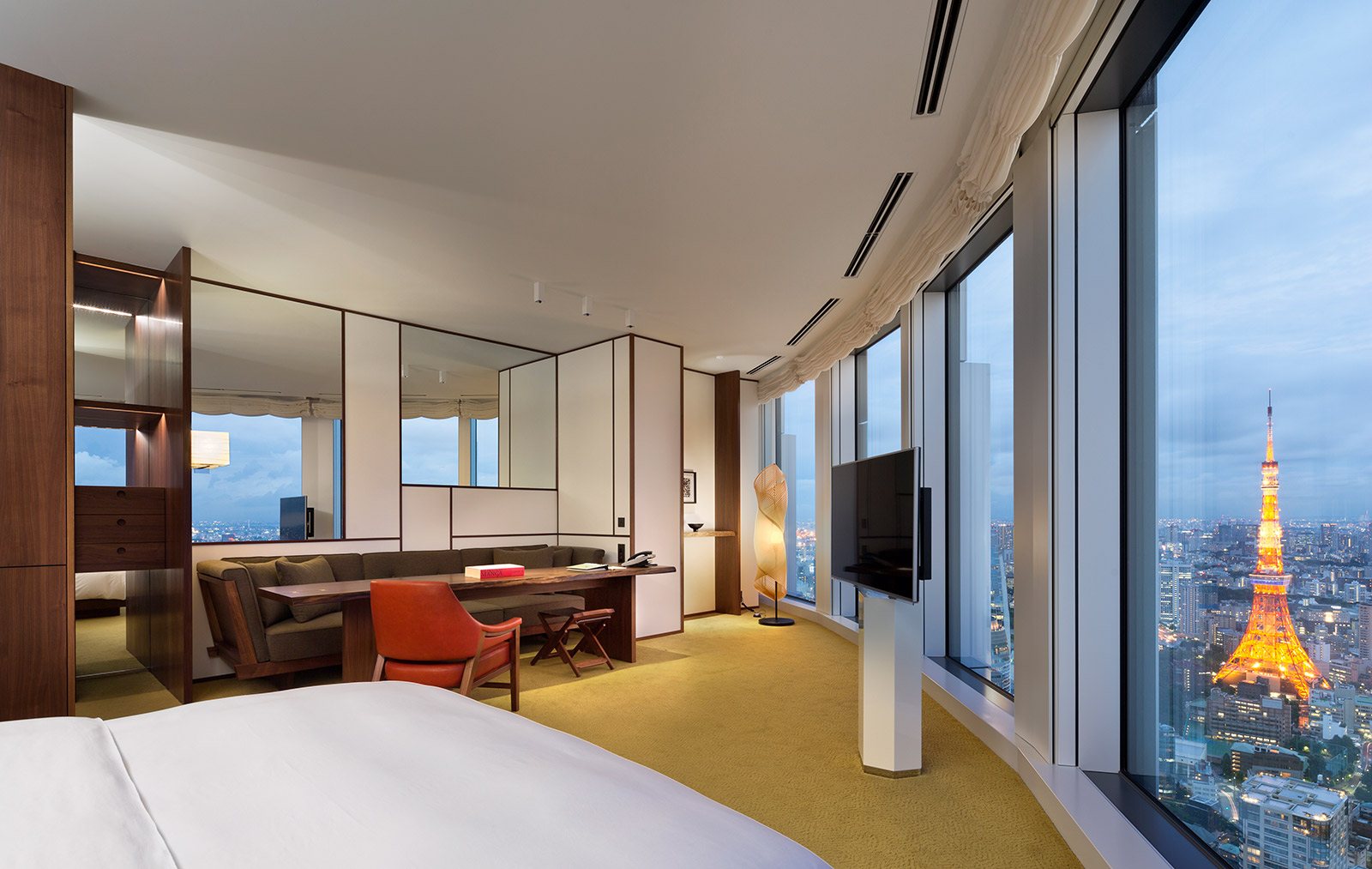A river and a town
Kanazawa’s Sai river flows fast between grassy banks with the full force of plentiful mountain water rushing from distant peaks of the Japanese Alps. Its meditative sounds are everywhere in the capital of Ishikawa prefecture on Japan’s central island of Honshu. It’s a place known for snow and rain, artisans, gold and cuisine.
The city’s busy heart is not on public display. Hidden behind closed doors, chefs, artisans and brewers push their creative limits. Even in the busy streets of Higashi Chaya, the rows of old Chaya teahouses hide their secrets.
Breakfast was a single piece of sushi at Omi-cho Market. Everyone around me was stuffing themselves from overflowing bowls of sashimi on rice. Incredibly, we arrived at Yamasan Sushi Honten to find no line in front of the popular sushi restaurant. A single slice of the local speciality, nodoguro (blackthroat seaperch), with a single delicate brush of the blowtorch, was buttery and tender with a delicate fattiness. We passed 20 people queuing on the way out. Nearby, Curio Coffee, the city’s best, was closed for the day (beware Tuesdays). Luckily, the owner seemed to sense my withdrawal resulting from my long drive. He generously came out to offer takeaways. Feeling grateful for the kindness, the caffeine warmed from within. The city was welcoming me with open arms.
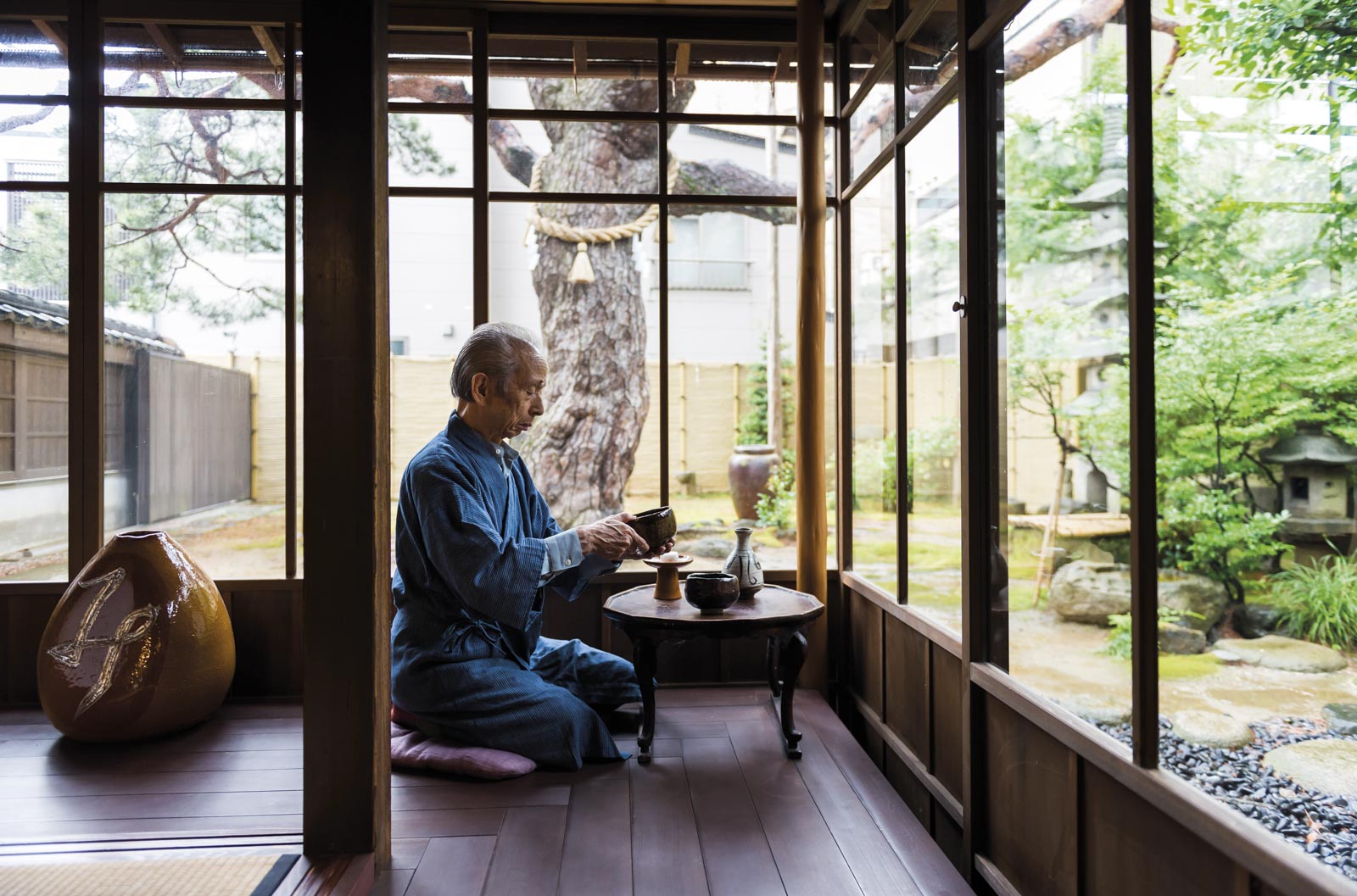
The precious vessels
In Kanazawa, dining tables resemble museums, where each dish contains countless generations of knowledge and technique.
Two hours’ drive north from Kanazawa, in the mountains of the thumb-shaped Noto peninsula, urushi trees are cultivated and carefully tended for slow tapping of the precious sap used to make the stone-hard lacquerware for which Japan is so famous. Thousands of years old, the skills essential for creating traditional vessels for Japanese cuisine are now passed on to fewer and fewer artisans. This land jutting out into the Sea of Japan is home to master craftsmen from across the nation. It’s one of few places left devoted to the craft of lacquerware.

I sped north out of Kanazawa along the Noto Satoyama Highway, following the coastline to the small town of Wajima. There, I spoke to artisans using the same tools as in centuries past: the simple, repetitive, tap-tap sounds unchanged, echoing into the present from bygone eras.
The Wajima Museum of Urushi Art is the only one in Japan completely devoted to the art of lacquer.

The singing road
On the way, a song suddenly blasted through the car floor. The radio was off and the GPS silent, yet muted music was clearly audible over the engine, right there in the middle of nowhere.
Later that day, a giggling local solved the mystery. It was the theme song from Mare, a popular 2015 morning TV asadora (‘morning drama’) filmed along the strip. It blares up out of the road, triggered by any passing car. Noto is an interesting mishmash of past and present.
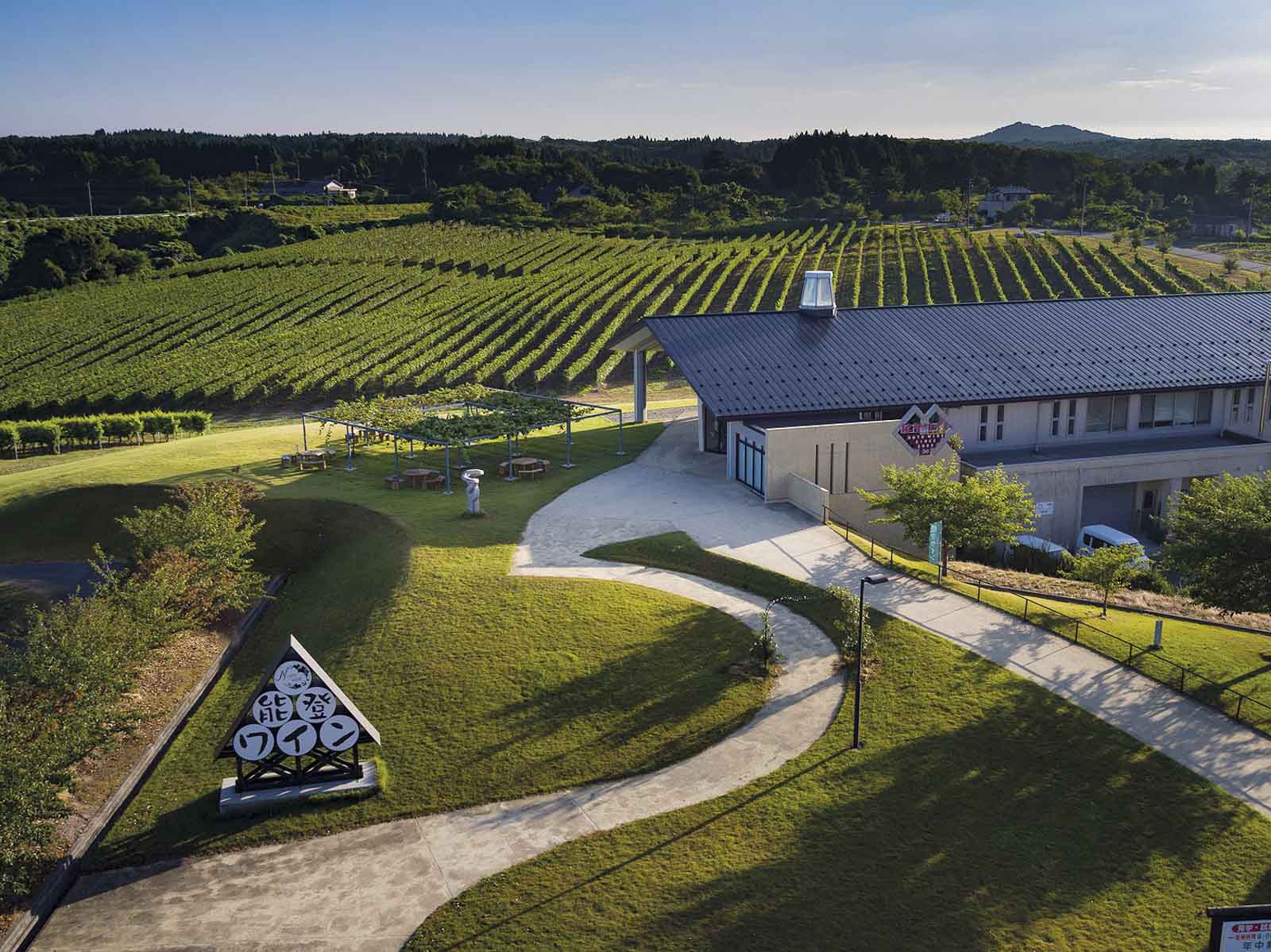
Juice of the mountains
I drove along the bay seeking the Notojima dolphins. At Noto Winery, a staffer told me she’d heard the dolphins had moved to Toyama.
First-class Japanese wines are no longer as elusive. The tasting highlight was a Japanese varietal, yama (mountain) sauvignon. The grape was cloned from Japan’s native yama budo grape and cabernet sauvignon at Yamanashi University, by Professor Yamakawa (whose surname is itself a first-class example of nominative determinism).
The yama revels in Ishikawa. But there were only three bottles left of the special 2015 vintage, aged in French oak for 17 months. I wasn’t able to taste it but, not wanting to miss out, I bought one. Only two left now.
The ryotei
The courtyard leading to Tsuba Jin ryotei (a traditional restaurant) starts a journey into 260 years of living history. As the old wooden doors slide apart, I hear my name welcoming me into the warm, open interior.

I found myself seated, surrounded by fine art with a scenic view down over the river and out across the town. There’s also an intrigue of entrances, layered to lead the eye diagonally forward from the table outward through three doorways to a garden corner where a pine tree with bark resembling plate armour stands flanked by a smooth ornamental stone glistening in the rain on the left. To the right, a garden lantern still wrapped up for winter protection resembles a straw man with a heart of stone.
I’m told this is the very room where the poet Basho, master of the haiku, dined.
Hitomi’s pale aqua silk kimono eases me back to the present as she bows, entering the room. The first course of 10 has arrived. It’s playful, delicate and beautiful. I’m asked to turn over a small wooden nihonshu (sake) cup – warm, red, wide and shallow – into which sake specially made for the restaurant is poured for a ceremonial sip to begin the meal.
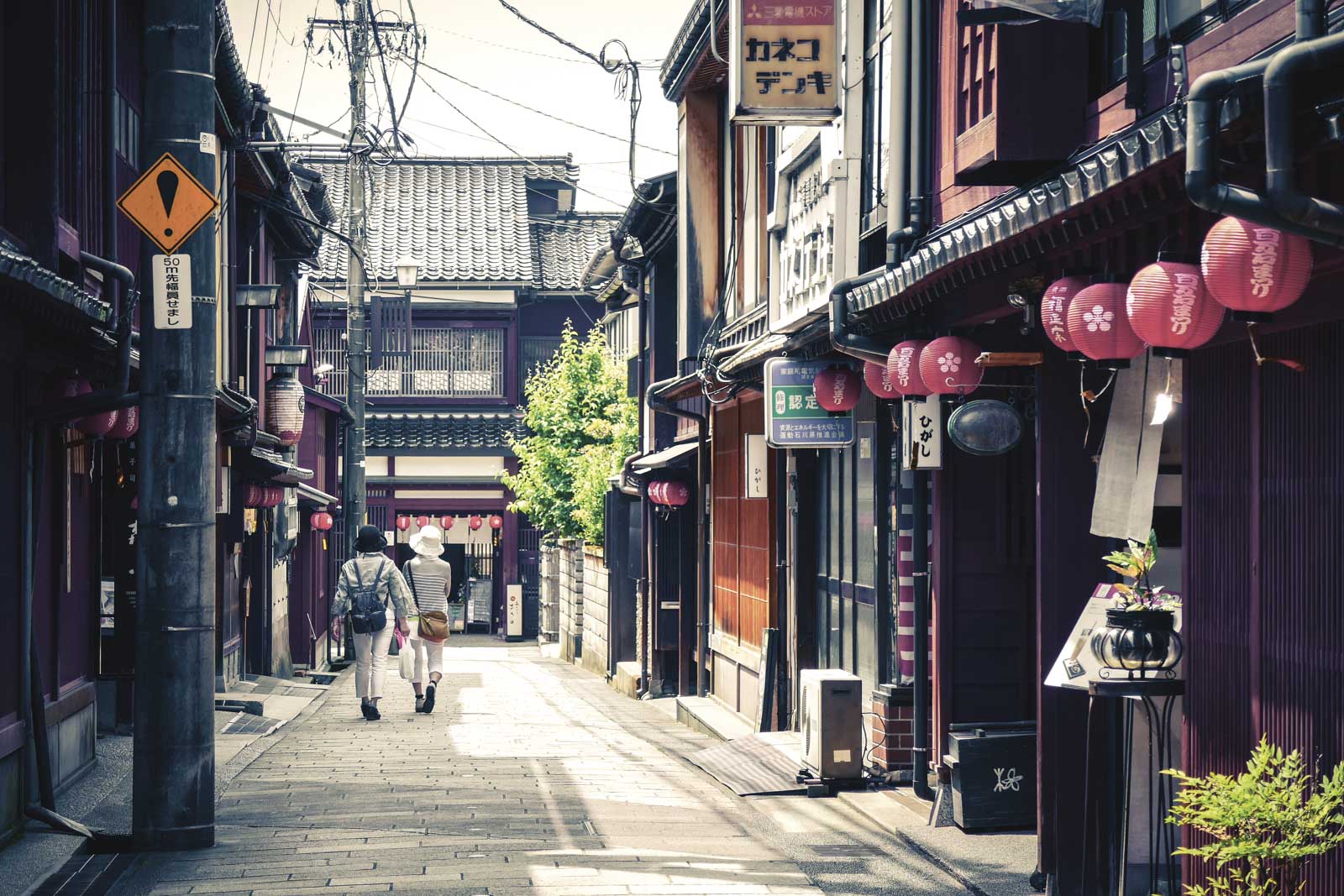
Sitting alone in the centre of this large, warm room looking out into the garden brings a wash of tranquillity I’ve not felt in a long time. But it’s an odd mixture of relaxed alertness.
At one point, a single drop of water falls from the old pine, exploding into droplets on the stone below. It’s a sudden, fleeting instant of intense focus on the light reflecting off the distant tiny ball of liquid. It is also no accident. Every element of the chamber feels designed to heighten the diner’s senses and perceptions as they bathe deeply in the atmosphere of the here and now. Reflecting on this idea as I spoon simmered fish and burdock root soup into a miniature bowl, for some reason I suddenly lift my concentration to see powerful broad wings beating slowly as the distinctive form of an eagle rises from behind trees and up out of my view.
I’m told the bird of prey’s name is Nush, at least among the restaurant staff. Then I must focus on the table again: a dish of deep-fried vegetables and fish crowned with grated purple radish, known locally as Noto musume, or daughter of Noto. The light purple of the radish intensifies in brightness as I squeeze lemon over it, as advised. It’s a simple meal that I never want to end.
Since I’ve been in Tsuba Jin, I’ve only seen Hitomi, who endures my endless questions about names and details with smiling warmth, and the doorman. There is something particularly special about such attentive, empty-seeming space. Leaving the ryotei, Hitomi follows me onto the footpath, waving and bowing deeply each time I turn around.
Tsuba Jin reminds me that the most special moments often happen behind closed doors, far away from crowds, and with little fanfare, drawing out the sensitivities within ourselves to create feelings of beauty that make the artful environment sublime.
More Ishikawa highlights
Kanazawa castle
Originally built in the 16th century, this castle was the seat for the Maeda clan during the Edo period. The original structure burnt down several times, though the Shikawa Gate and Sanjikken Nagaya (samurai warehouse) have survived. Located in the centre of town, it lies opposite another great attraction: the Kenroku-en garden.
Kenroku-en garden
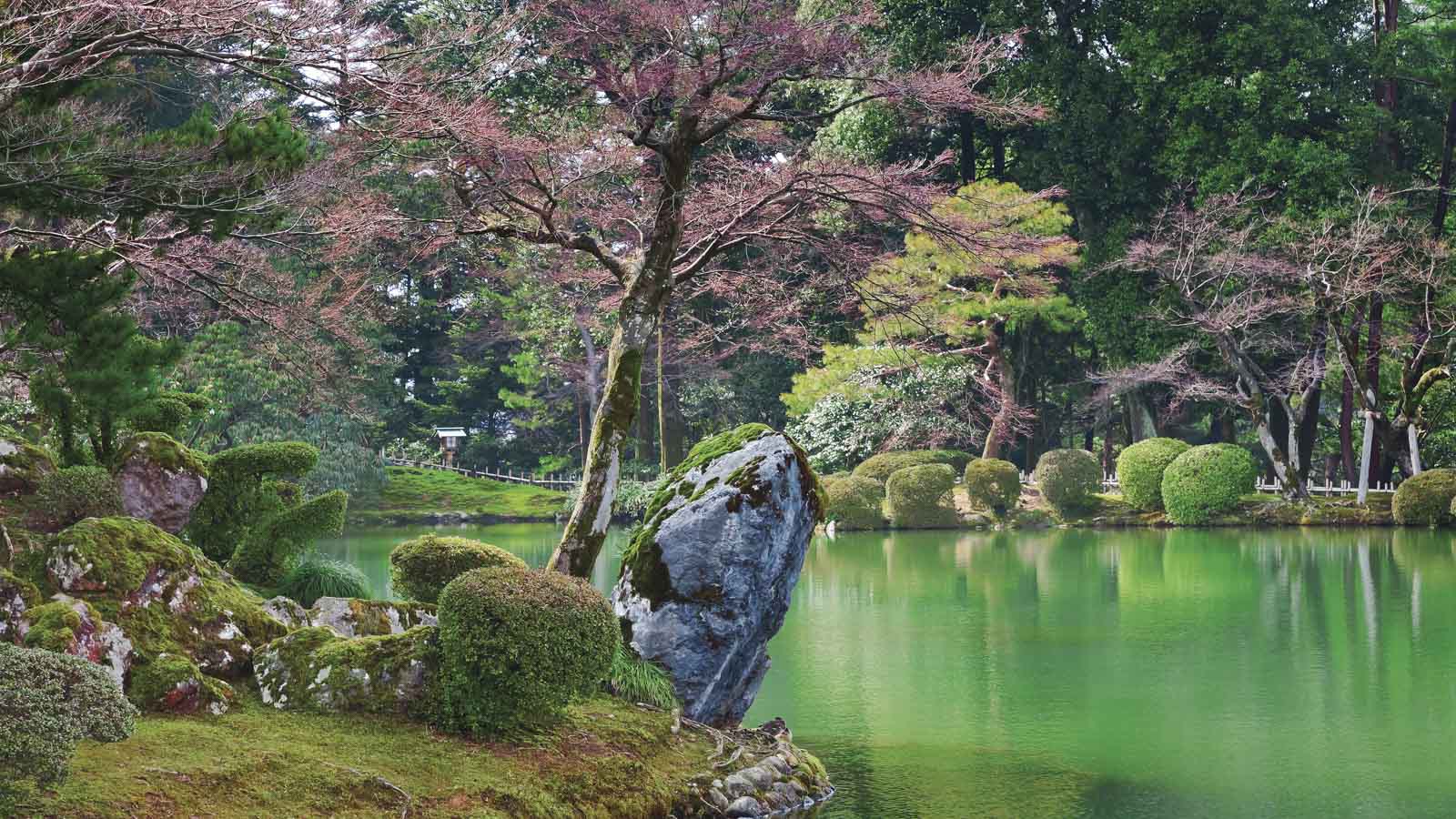
Hailed as one of the three most beautiful gardens in Japan, this 11-hectare site of manicured lawns, sparkling ponds, elegant bridges and teahouses is one of Kanazawa’s top sites. The scenery changes year round thanks to a variety of flowering trees – pink cherry blossoms in March give way to verdant summer leaves and the burnt oranges of maples in autumn.
21st Century Museum of Contemporary Art
A celebration of art produced since the 1980s, with a focus on installations, video and mixed-media. It’s purposefully designed without a main entrance, discouraging patrons from approaching the circular building – and its art – from one single direction.
Left: Courtesy of Kanazawa City/JNTO; Right: MIKIKO HARA/amanaimagesRF
Nagamachi district
This scenic area dotted with canals, winding lanes and heritage architecture is the well-preserved former samurai district. Check out Nomura Samurai House, a restored samurai residence with heirlooms, antiques and artefacts.
Omicho Market
This bustling network of covered streets has been Kanazawa’s largest food market for almost 300 years.
Yamasan Sushi Honten
A 40-seater restaurant close to Kanazawa station, with good prices and excellent plates of sushi and sashimi. 68 Shimoōmichō, Kanazawa-shi, +81-76-221-0055
Cathay Pacific launches a seasonal service to Komatsu, an hour’s drive from Kanazawa, on 3 April 2019. With hot, humid summers and cold, snowy winters, spring and autumn are the best times to visit.



